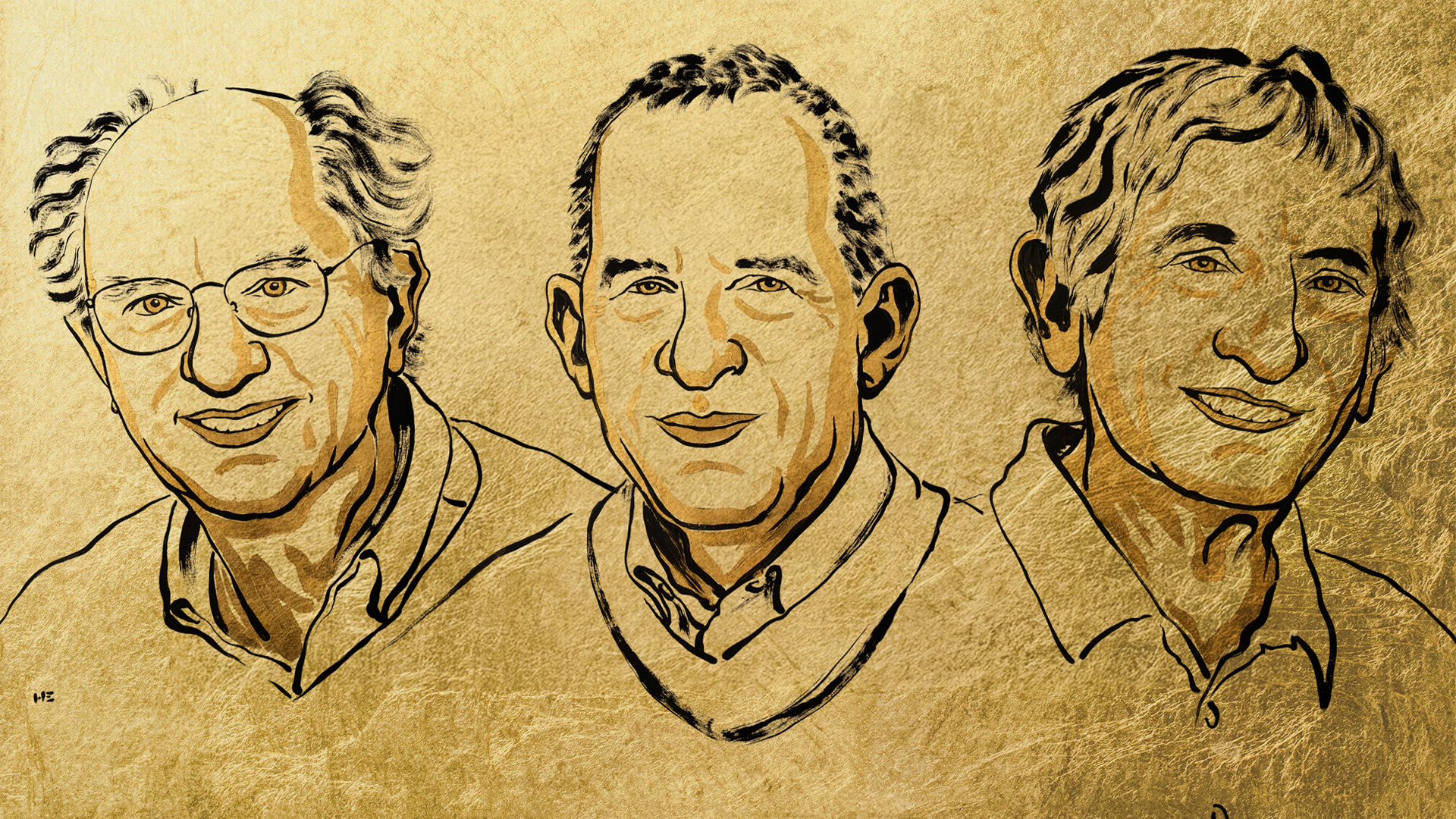The Royal Swedish Academy of Sciences on Tuesday announced that the 2025 Nobel Prize in Physics has been awarded to John Clarke of the University of California, Berkeley, Michel H. Devoret of Yale University and the University of California, Santa Barbara, and John M. Martinis of the University of California, Santa Barbara, “for the discovery of macroscopic quantum mechanical tunnelling and energy quantisation in an electric circuit.”
The laureates’ groundbreaking experiments revealed quantum physics in action in a system large enough to be held in the hand, addressing a long-standing question in physics: how large can a system be while still exhibiting quantum mechanical effects. Their work demonstrated that quantum mechanical properties, typically significant only at atomic scales, can manifest in macroscopic systems.
Quantum mechanics allows particles to move through barriers via a process known as tunnelling. In large systems, such effects usually become negligible. Clarke, Devoret, and Martinis conducted experiments in 1984 and 1985 using electronic circuits built with superconducting components separated by a thin non-conductive layer, known as a Josephson junction. By refining and measuring these circuits, the team controlled and observed phenomena in which the flow of charged particles behaved as a single particle spanning the entire circuit.
In the experiments, the system initially allowed current to flow without voltage, a state analogous to being trapped behind a barrier. The macroscopic system exhibited quantum tunnelling by escaping this zero-voltage state, which was detected through the appearance of voltage. The researchers also demonstrated energy quantisation, showing that the system absorbs or emits energy only in discrete amounts, consistent with predictions of quantum mechanics.
“It is wonderful to be able to celebrate the way that century-old quantum mechanics continually offers new surprises. It is also enormously useful, as quantum mechanics is the foundation of all digital technology,” said Olle Eriksson, Chair of the Nobel Committee for Physics.
The experiments have paved the way for practical quantum technologies, offering insights critical for the development of quantum computers, quantum cryptography, and quantum sensors. The underlying principles also underpin conventional digital technology; transistors in computer microchips, for instance, are a direct application of quantum mechanics.
The Nobel Committee highlighted that the laureates’ work provides a rare example of quantum phenomena observable on a macroscopic scale, demonstrating that systems large enough to be seen and handled can still behave according to quantum rules. Their findings have laid the foundation for a new generation of quantum technologies that may transform computing, secure communication, and precision measurement in the coming decades.
The 2025 Physics Nobel thus recognises both a fundamental advance in understanding quantum mechanics and its practical potential in shaping future technology.
Also Read: Nobel Prize in Medicine 2025 Honors Discoveries on Immune System Control





